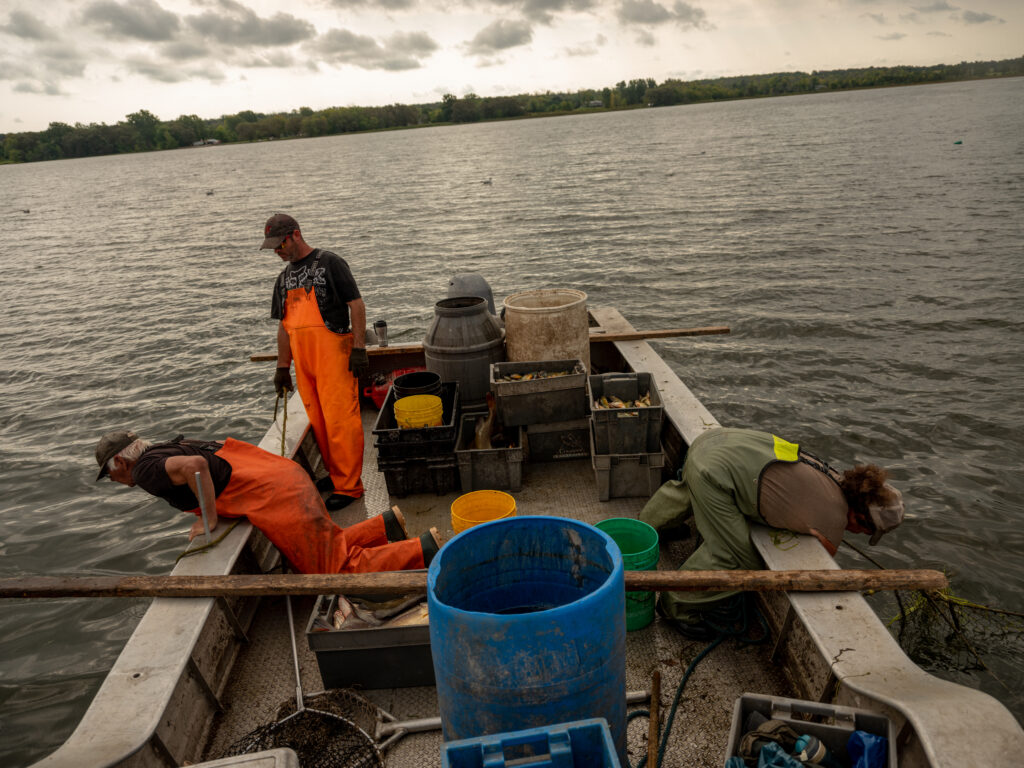
Bill 5: a guide to Ontario’s spring 2025 development and mining legislation
The public has a few days left to comment on Doug Ford’s omnibus development bill....
Those who choose a life in commercial fishing on the Great Lakes are granted a front row seat to the natural world. Familiar joys include the sight of a fiery sunrise cresting the freshwater horizon, and the still water at the tail end of a day, when the coastline is vacant and the world feels like a place of your own.
Less comfortable aspects include winds and waves that roll a stomach, or when the summer sun roasts fishing crews in their steel boats. Kendall Dewey isn’t bothered when the strong stench of fish fills the air, but one reality the Lake Ontario fisherman hasn’t been able to overcome is the shrinking of an industry that has been at the heart of his life for decades.
“It’s sad to think about the future,” says Dewey, who lives in Prince Edward County, Ont., a 20-minute drive from where he fishes along the Bay of Quinte. “I’m hoping there’s enough of a remnant that [the industry] won’t completely disappear.” But Dewey’s children are in their thirties and have chosen to pursue other career paths — the fourth generation fisherman says his family’s legacy in fishing will end with him.
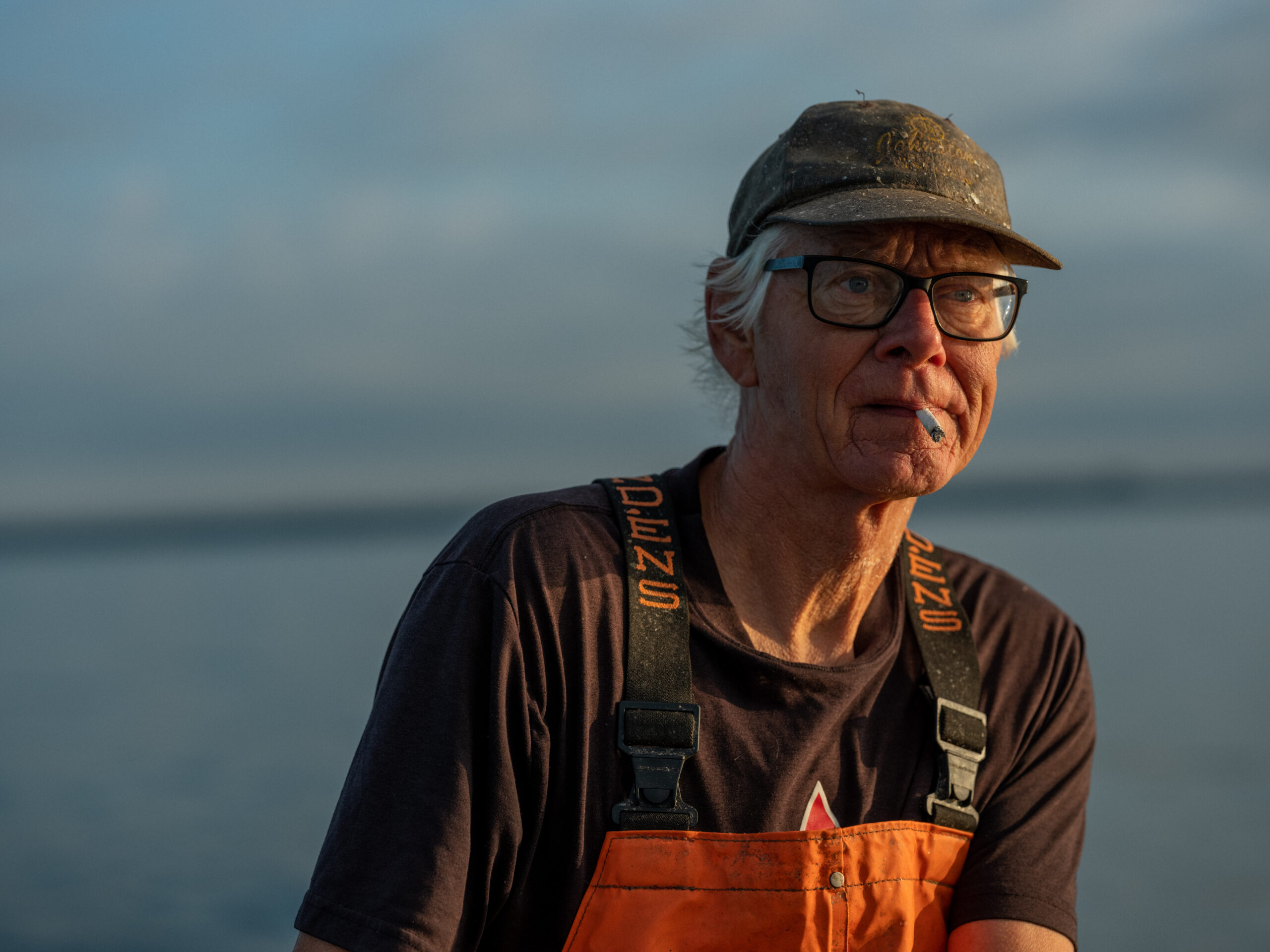
Dewey, 69, once owned and operated not just fisheries, but a processing and retail facility, too. Over the past five years, he has downsized and rationed off his business, unable to find one willing successor. He blames the industry’s shrinkage on detrimental government policy, such as restrictive quotas, as well as waterfront development in Prince Edward County, an increasingly popular area for beach-going tourists. Both policy-makers and the general public, he says, have a poor understanding of commercial fisheries in the Great Lakes.
Researcher Hannah Harrison says that, contrary to popular assumption, commercial fisheries are not draining biodiversity in Lake Ontario. “There are very few commercial fishermen on Lake Ontario, and it’s a very large lake,” says Harrison, science director of the Coastal Routes Project and a postdoctoral scholar at the University of Guelph.
She studies the human element of Great Lakes commercial fisheries and says Dewey’s experience is not unique. The aging industry is facing many challenges, including that Ontarians are largely detached from the fisheries, which suffer from political pressure from the sport fishing industry to restrain commercial fishermen, and a declining interest in the work.
“Commercial fisheries in the Great Lakes have fished species to extinction in the past — blue pickerel, for example,” Harrison says. But the industry is much smaller now, and modern management tools for assessing fish stock are, in her words, “pretty awesome.”
“The amount of fish that Lake Ontario fishermen are taking out today is very small, particularly when compared with the sport anglers as a whole,” she says, referencing the provincial government’s 2019 Annual Report of the Lake Ontario Management Unit. The paper, which documents the lake’s fisheries and health metrics, indicates the overall status of pickerel (also known as walleye) is “good,” whitefish and rainbow trout populations as “stable,” and brown trout at its highest stock numbers since the 1990s.
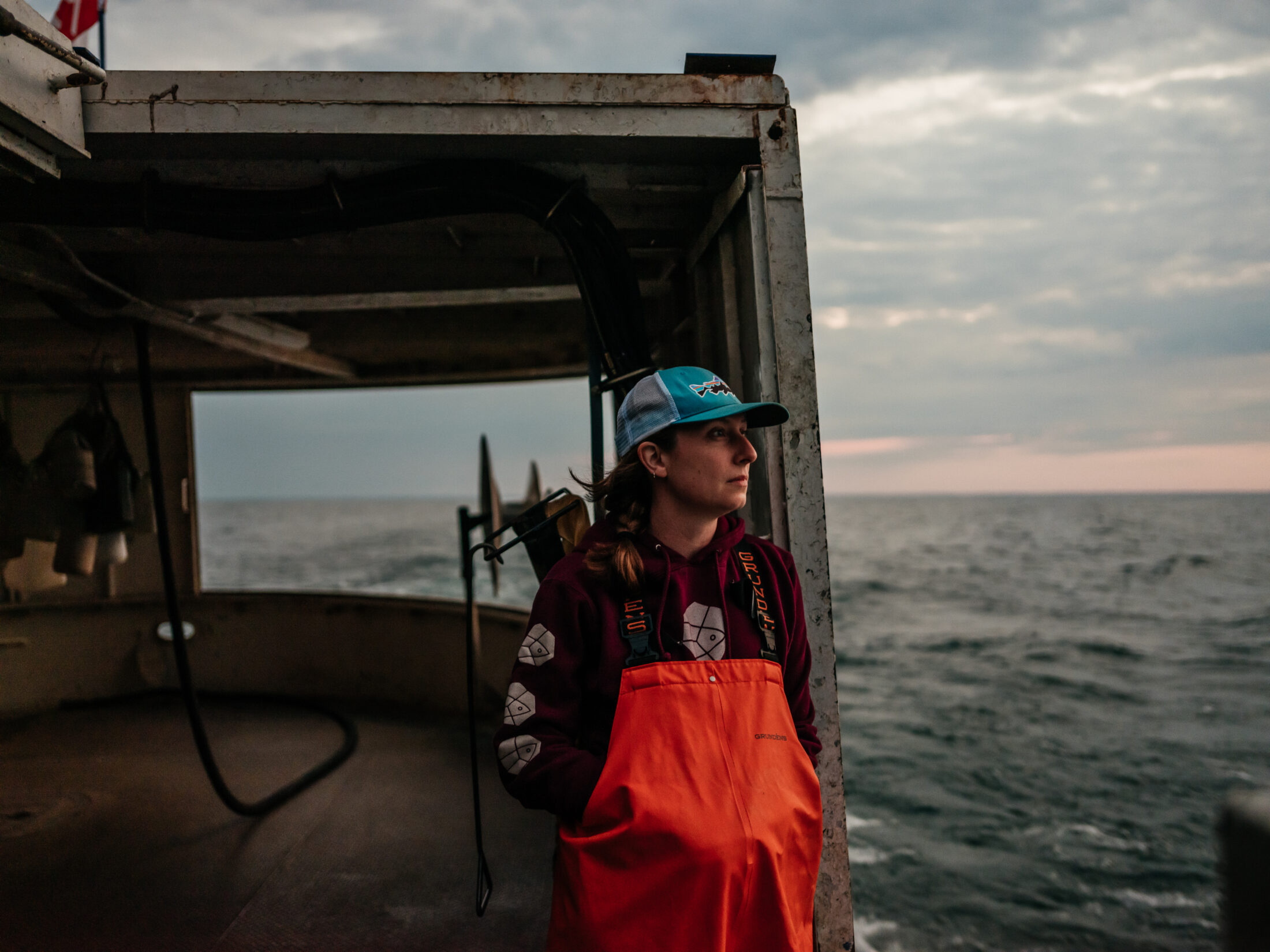
Harrison questions why food fisheries on the Great Lakes aren’t provided the same legitimacy as agriculture in Ontario.
“This is good fish … you know where it came from, you can be sure about the labour practices behind that fish, you can be sure the species is actually what’s on the label and it had a relatively small carbon footprint to get to you,” she says. “In this age of the ‘locavore’ … this is that food resource.”
Studies have highlighted the important role local inland fisheries have within a community: a 2016 paper in the journal Environmental Reviews pointed out social, economic and environmental benefits including increased food security and local job creation, as well as lower fossil fuel usage and reliance than the livestock industry. Last February, research in the journal Fish and Fisheries also outlined a need to consider small-scale fisheries when building more resilient agri-food systems.
In Toronto, Kristin Donovan co-owns Hooked, a small chain of sustainable fish shops where she sells a collection of white perch, yellow perch, pickerel, white bass, catfish and white fish from Lake Erie. She says that when fish is sourced locally, it minimizes hiccups or delays that might occur when product is trucked or flown from locations across Canada or around the world.
“Freshness is huge. We get a call in the morning reporting what the boat has and then it’s processed and gets to us the next day,” she says. “We’ve seen weather systems affect what we do hugely and so it’s a comfort knowing your fish is only coming from three and half hours away.”
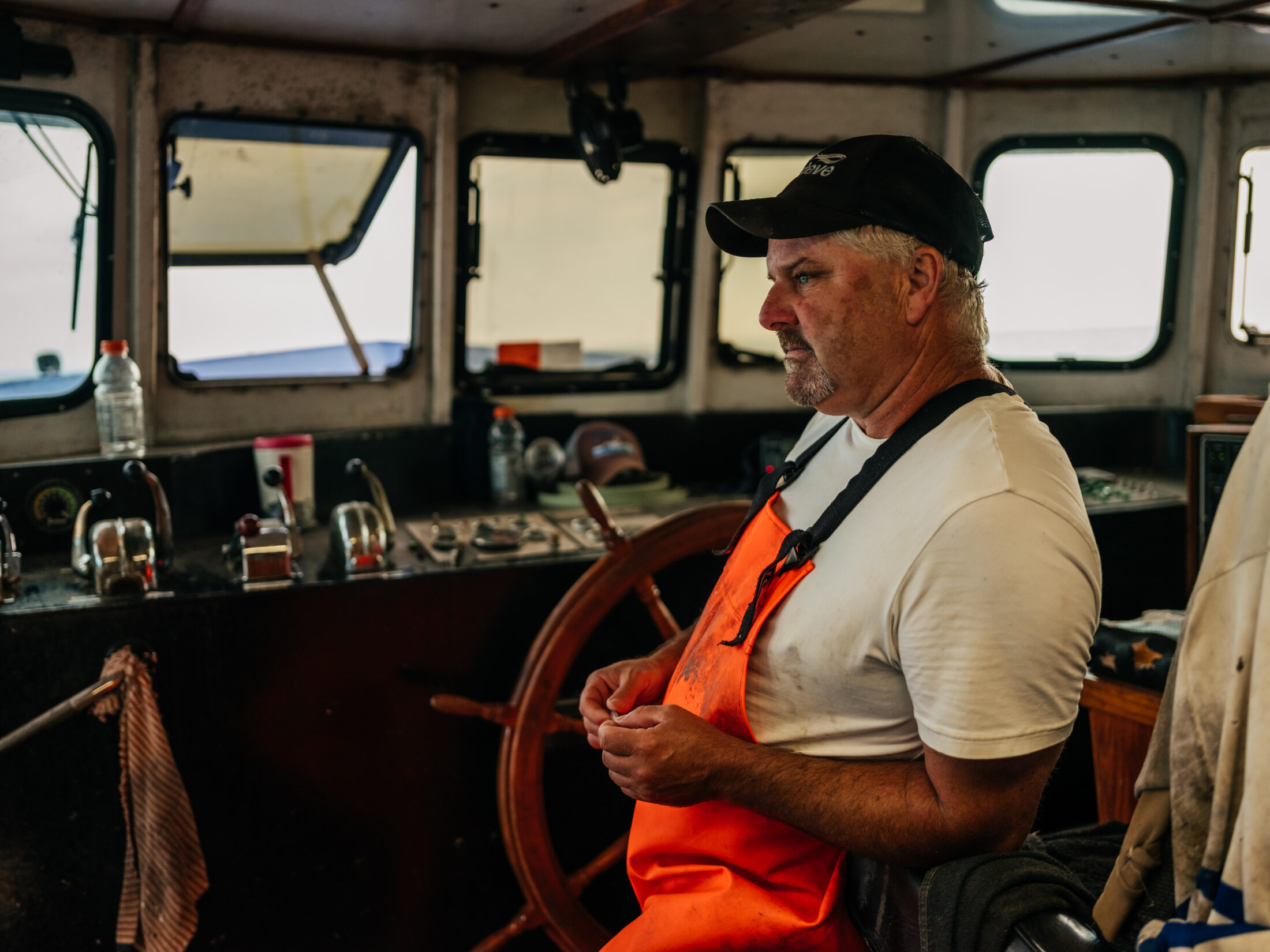
Lake Erie fisherman Tim Martin knows that his business has helped strengthen local food systems. He and his four family members harvest and process their own fish, then sell it at their retail location in Port Burwell, Ont. During the pandemic, when global supply chains buckled and grocery store shelves were wiped clean, the family was able to stay in business. They experienced a heavy rush of local customers, most of whom, Martin says, have become loyal regulars.
“People have told us how grateful they are to have us,” he says. “They still tell us.”
Yet in Port Burwell, where the Martins have operated for more than 30 years, they are the only permanent commercial fishing business that remains. Deteriorating infrastructure on the waterfront and a high cost of entry into the fishery fails to support any aspiring newcomers.
Here are three families still working in the Great Lakes commercial fishing industry in Ontario, trying to provide their communities with a fresh local food source.
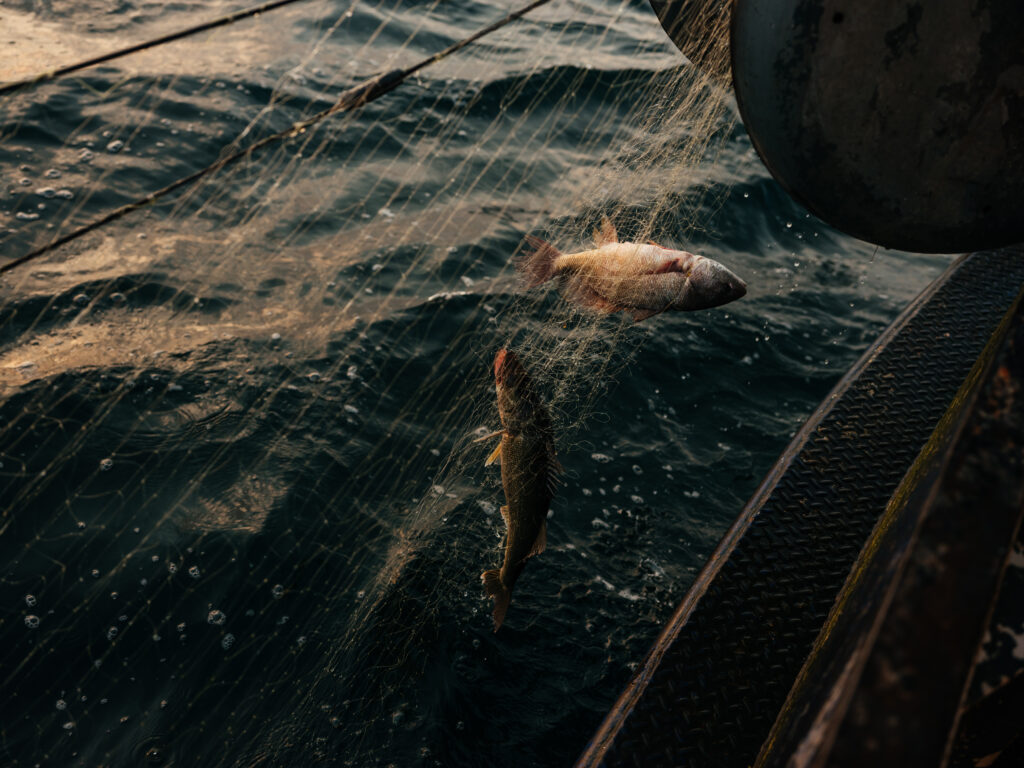
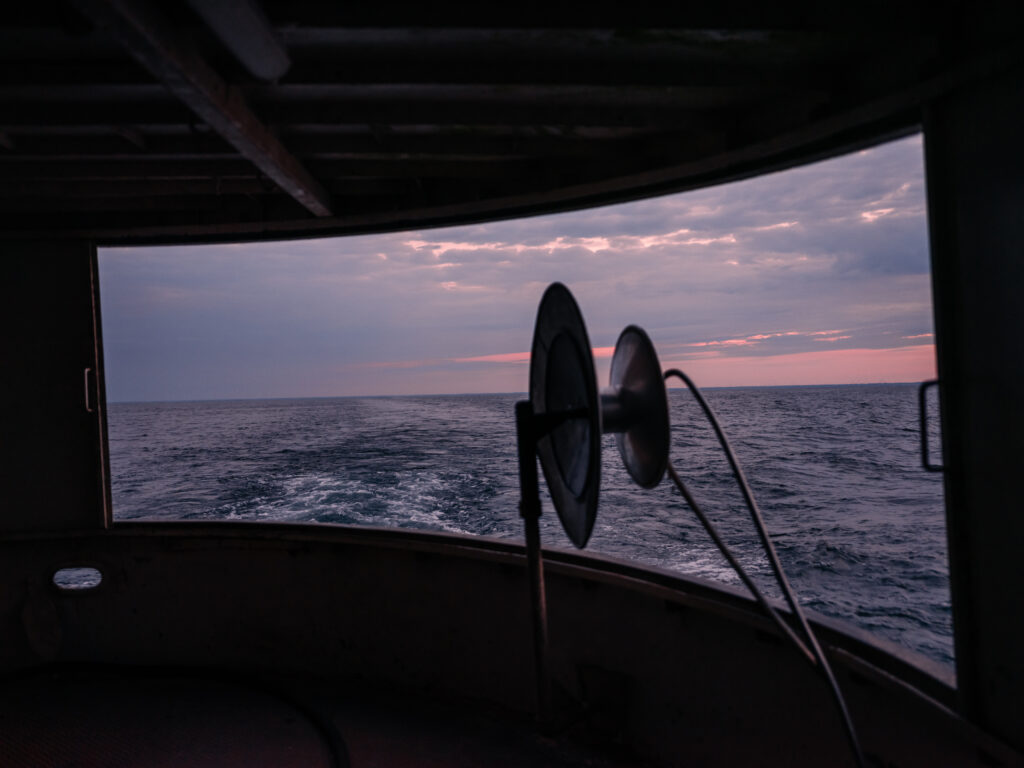
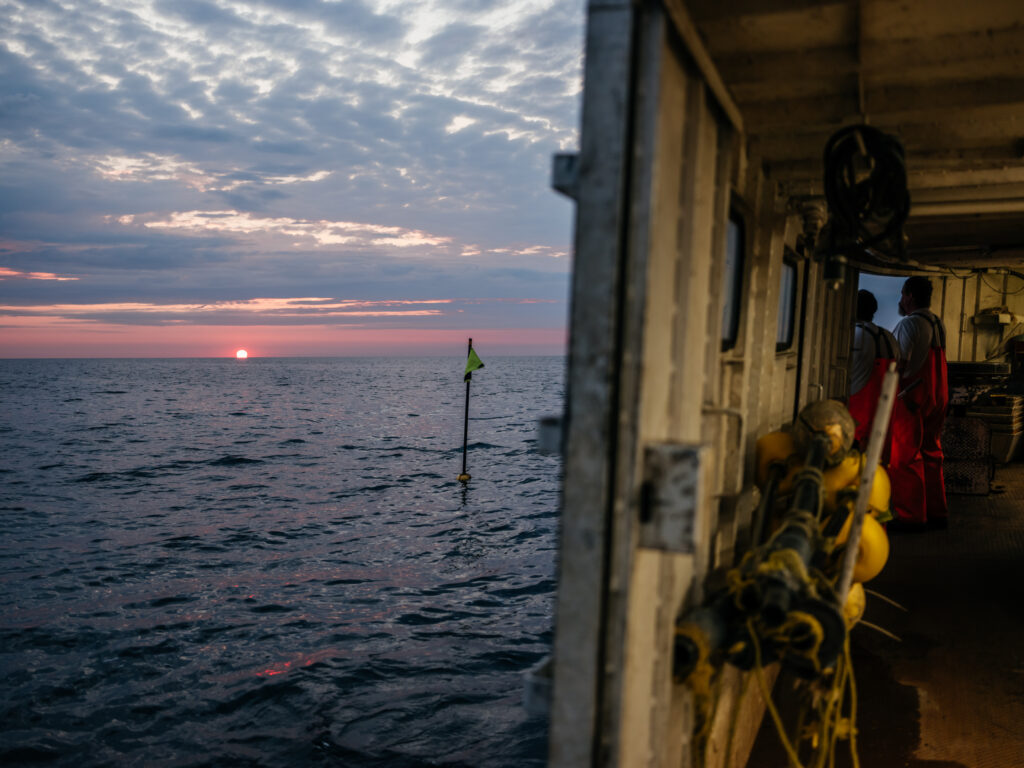
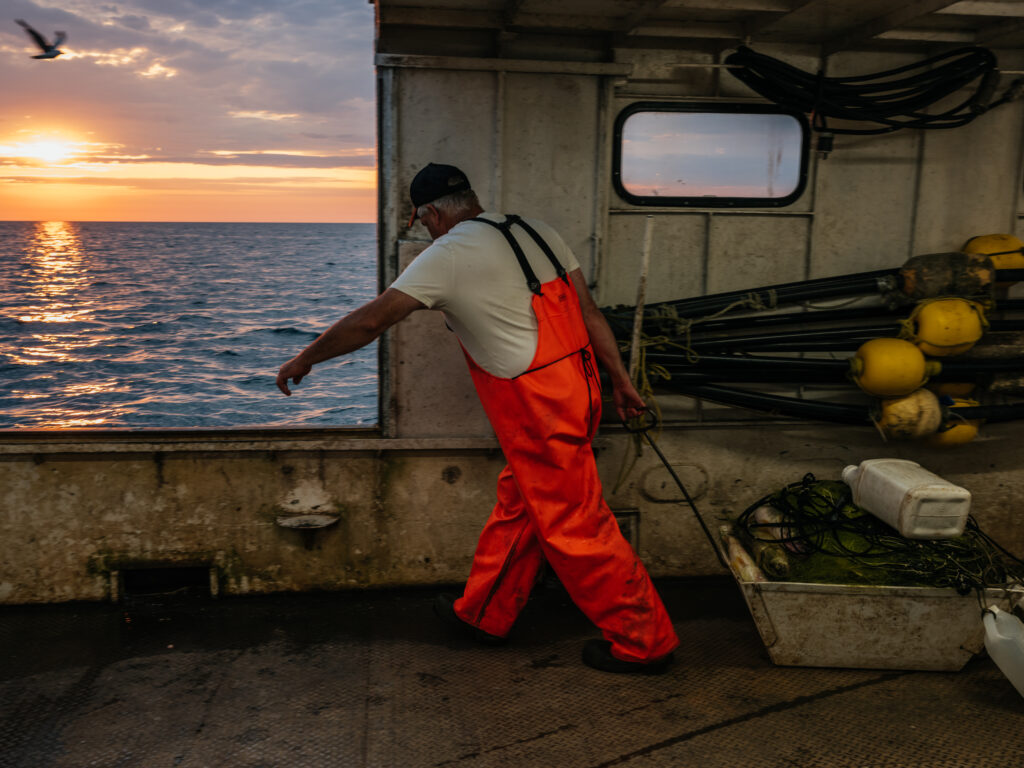
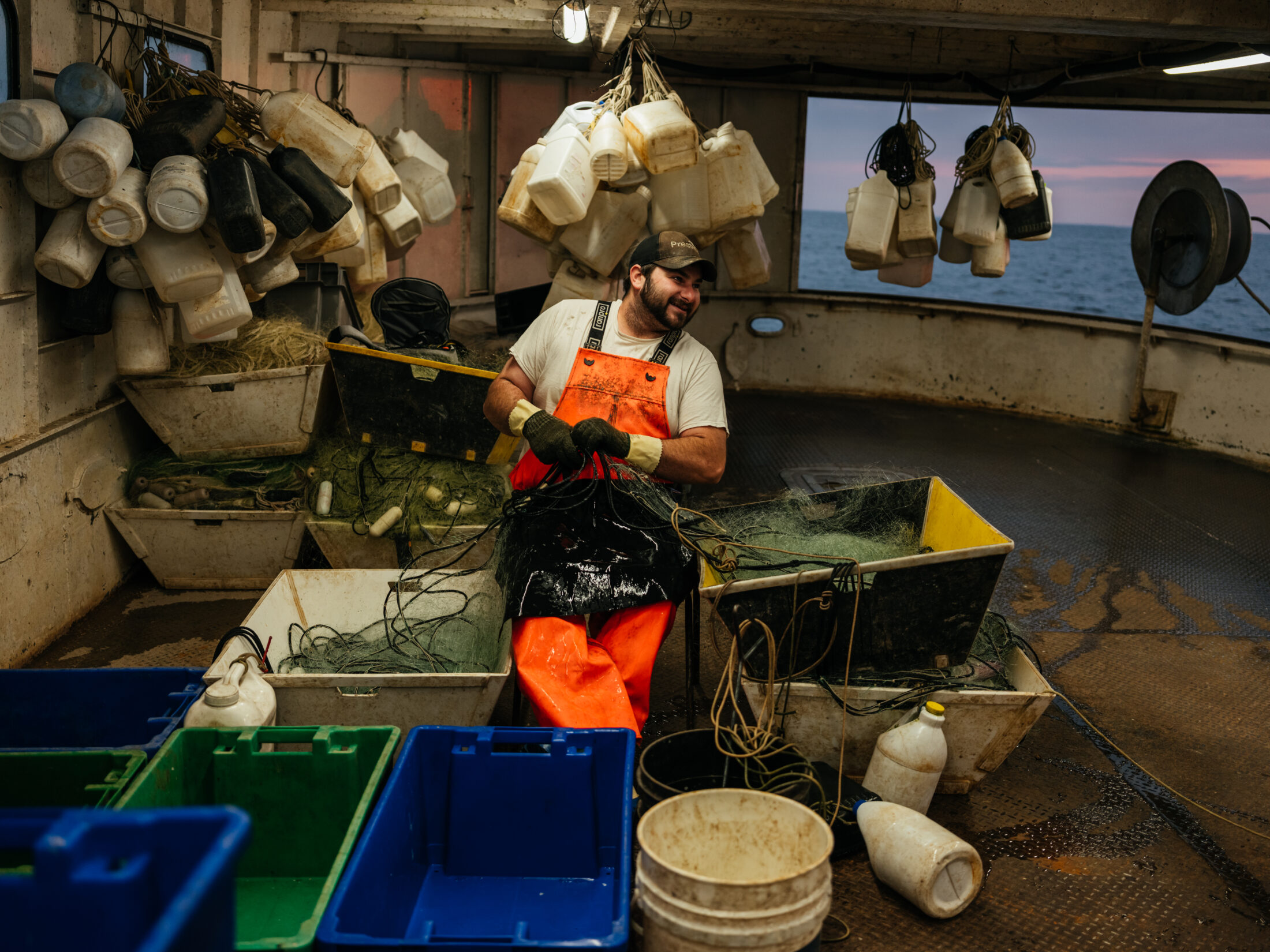
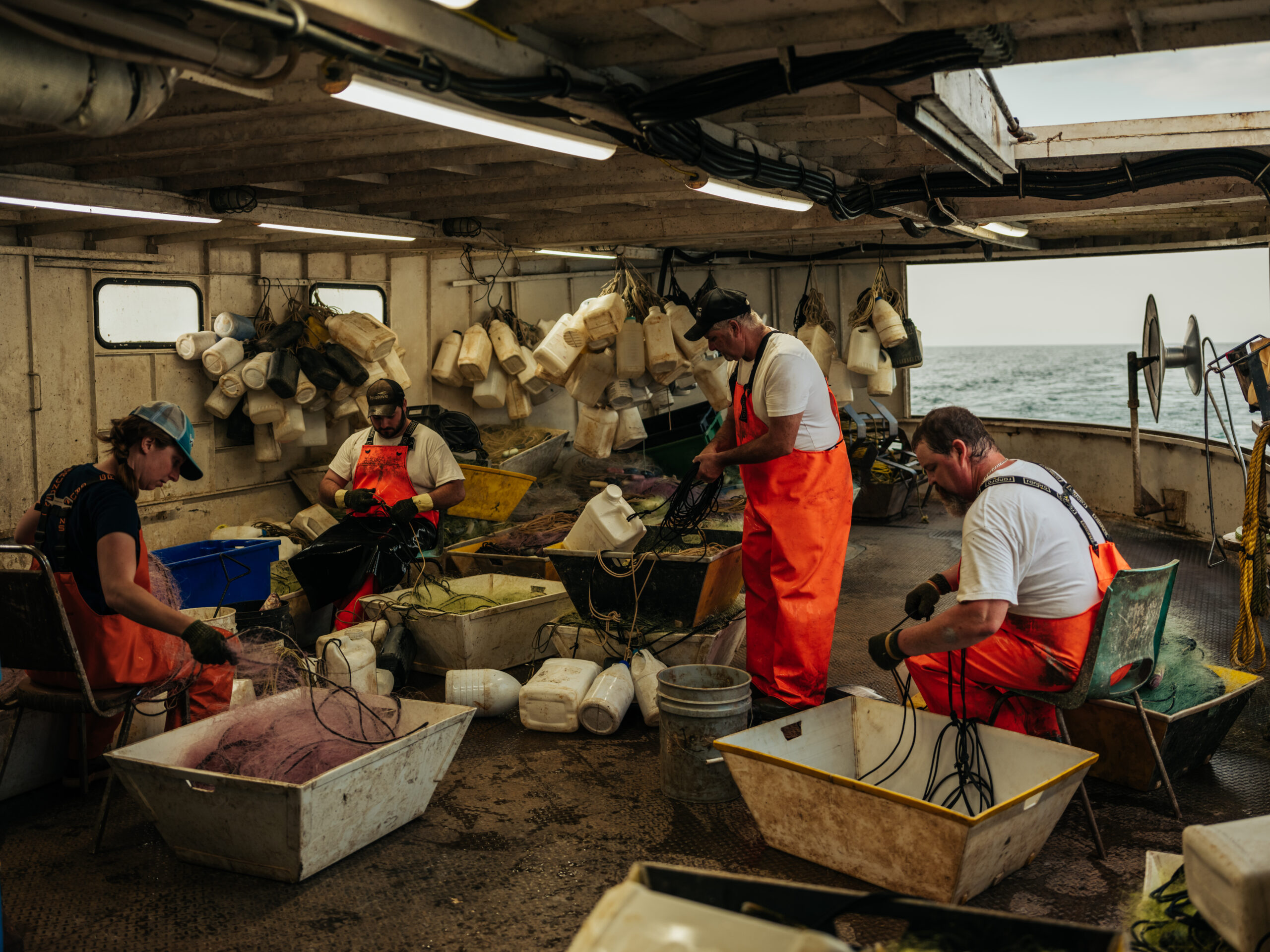
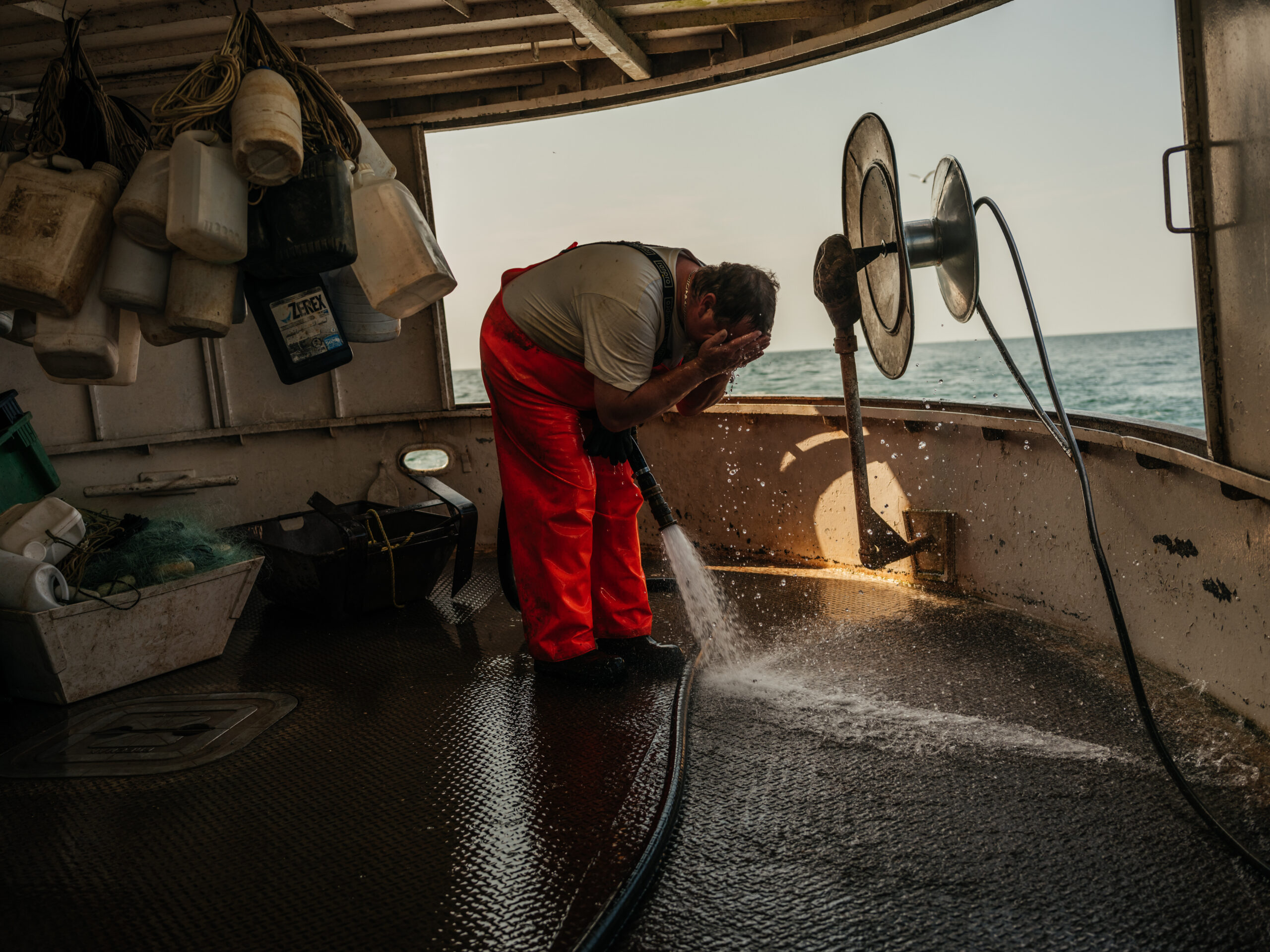
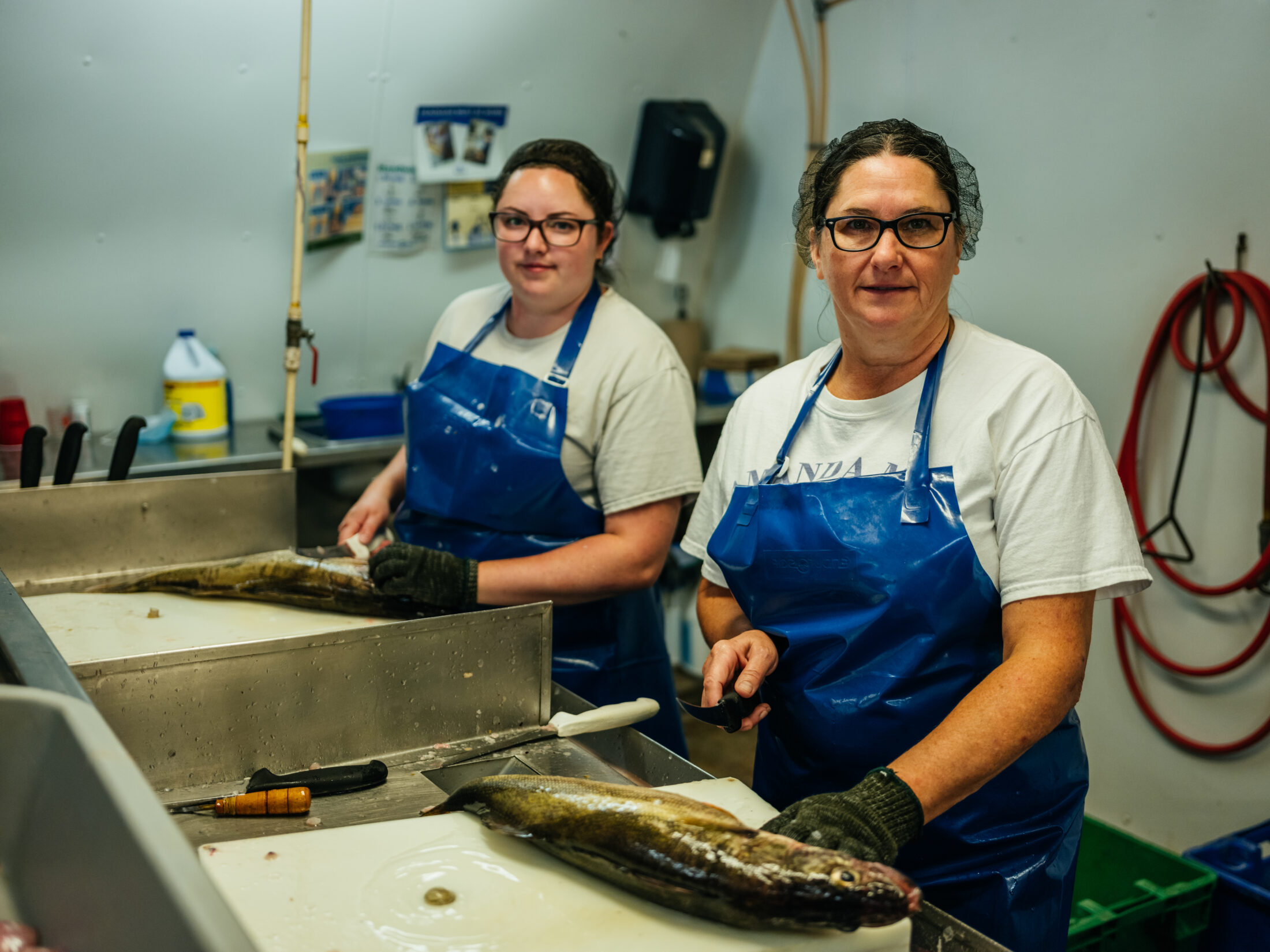
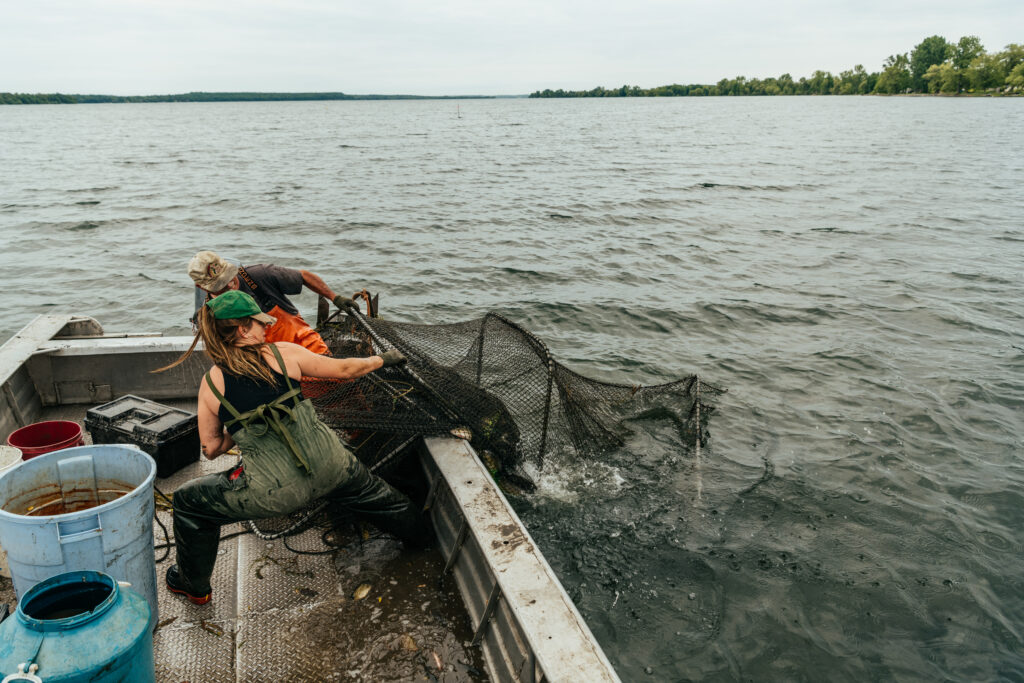


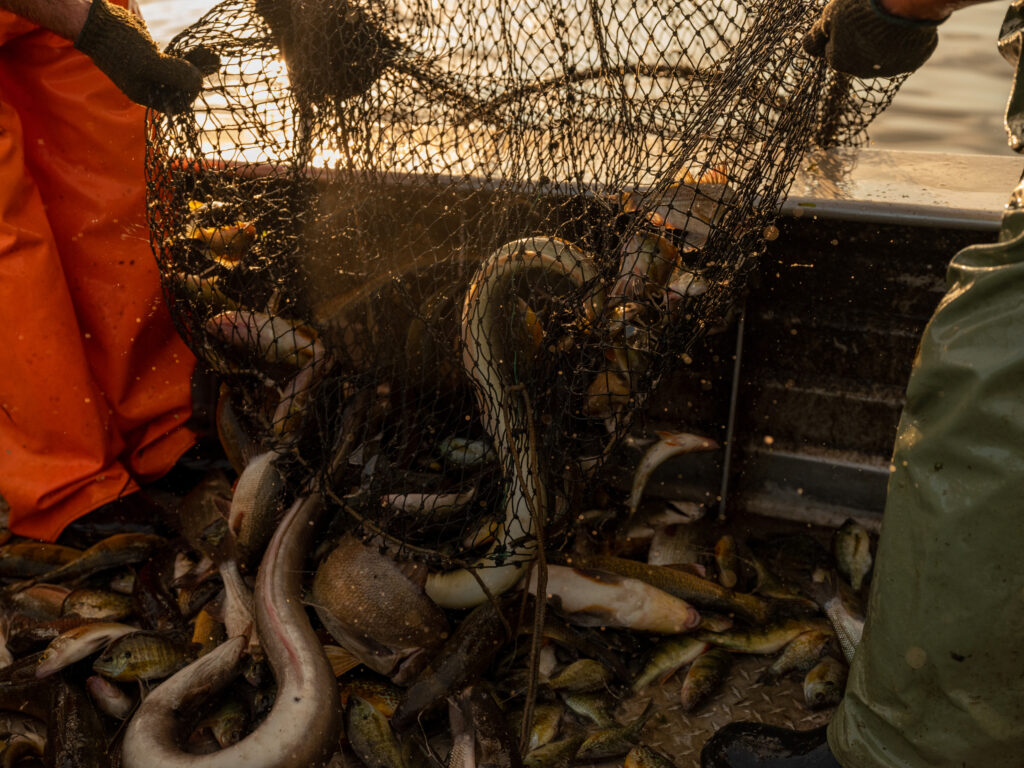
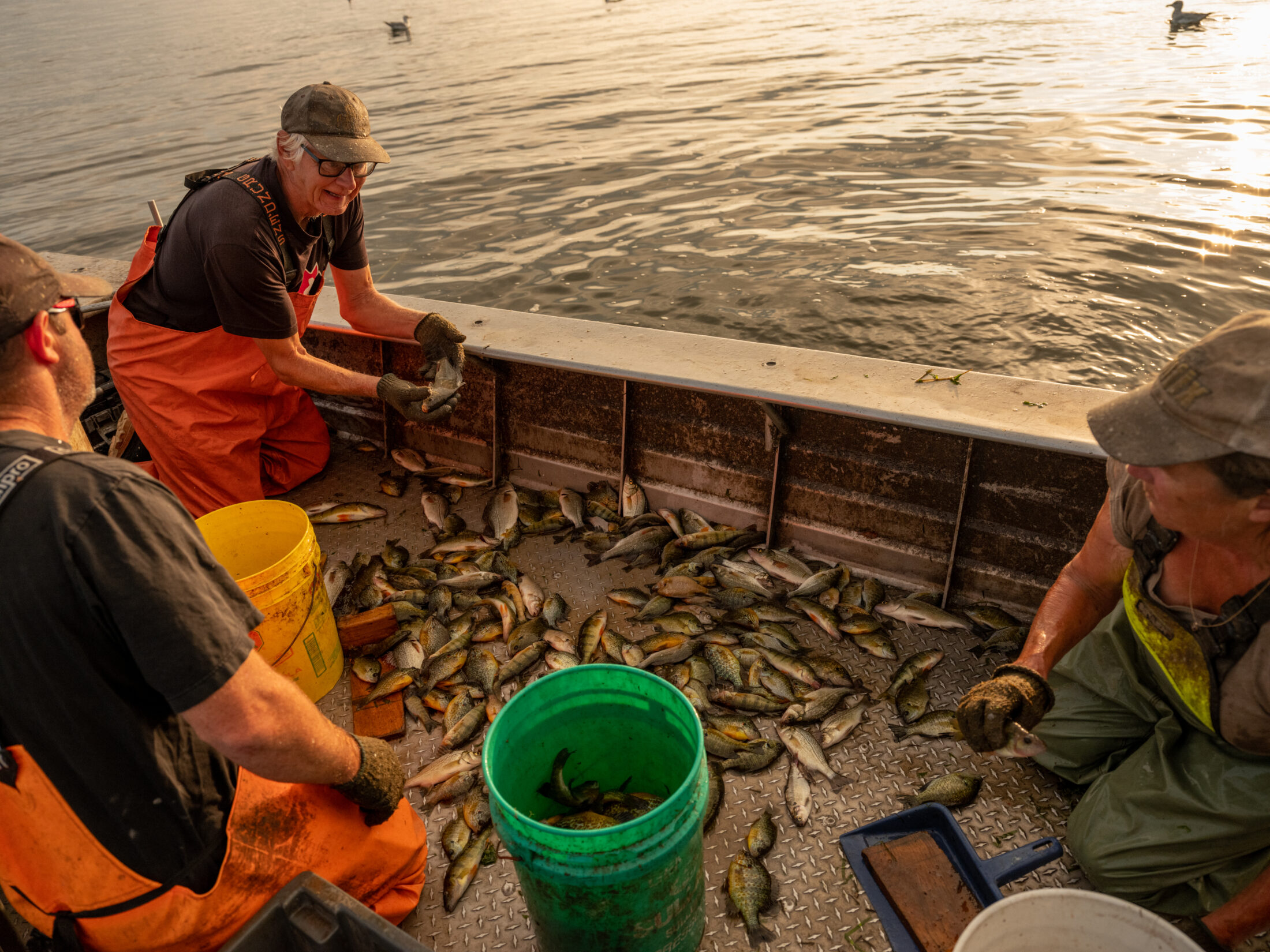
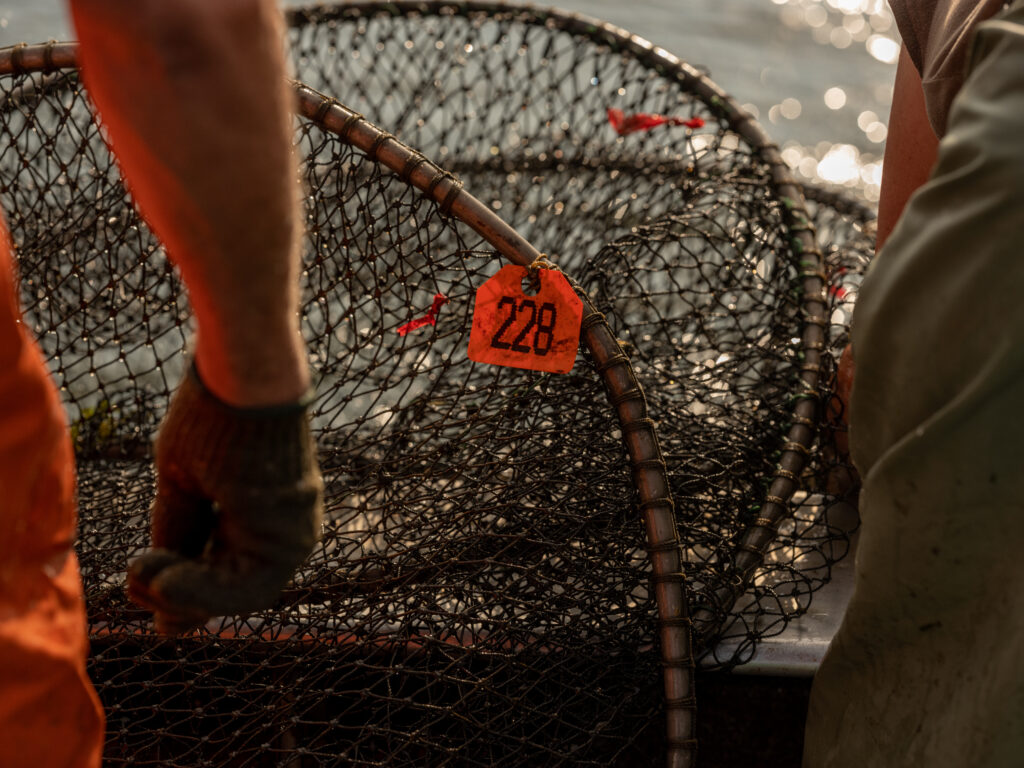
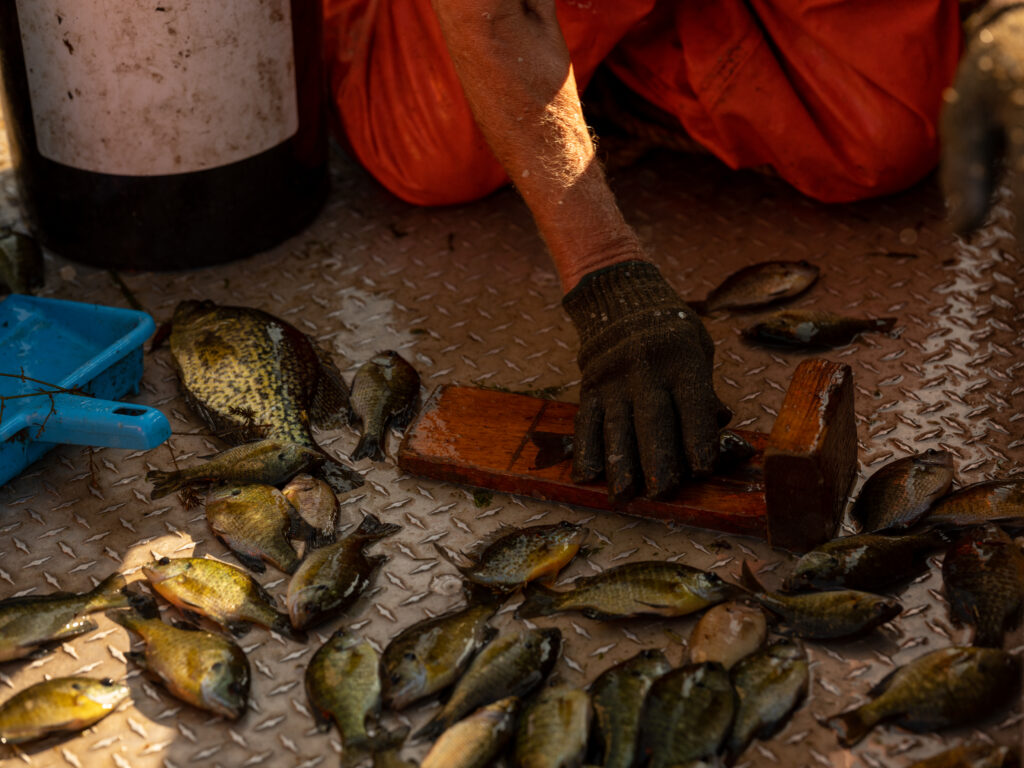
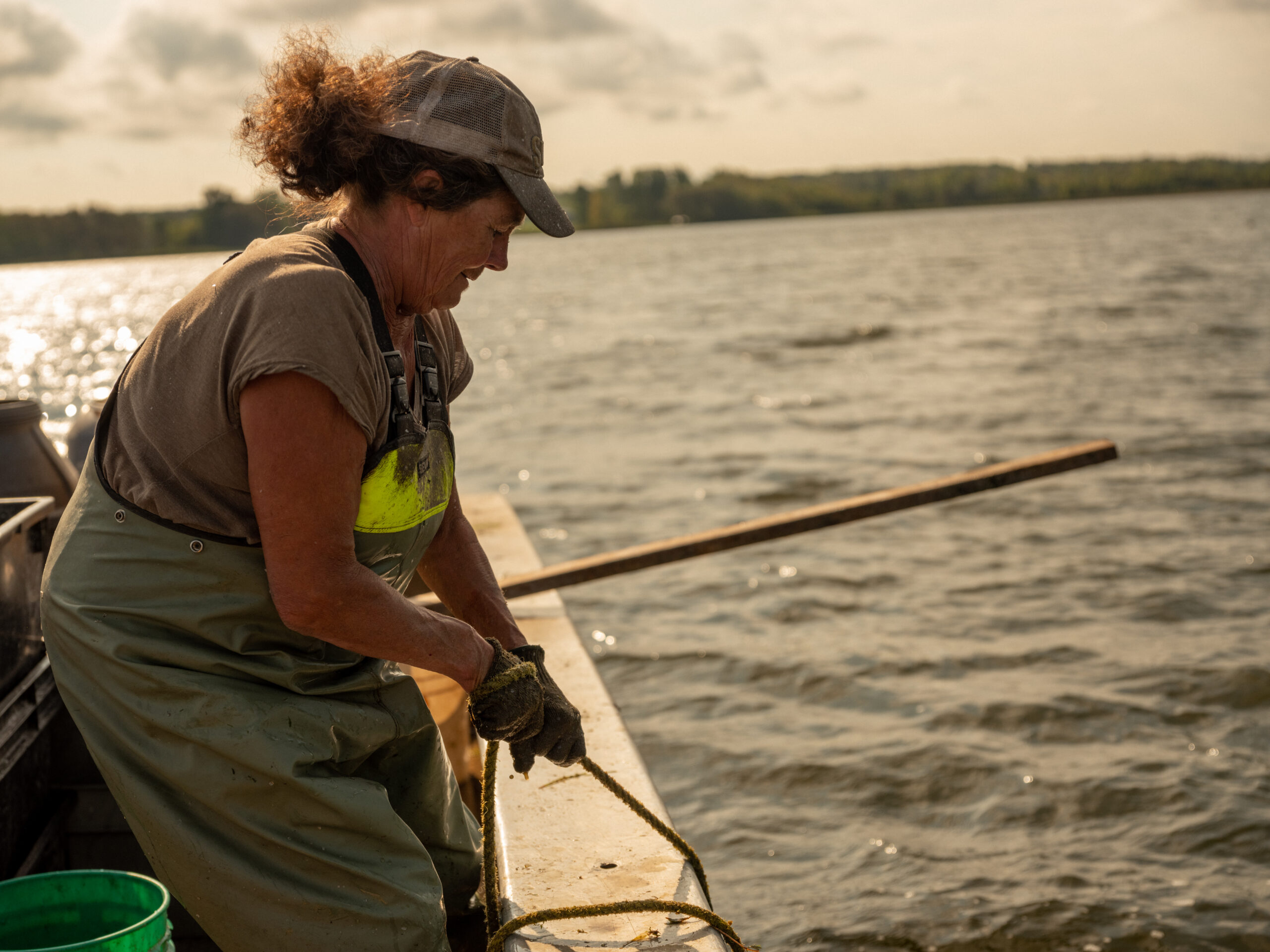
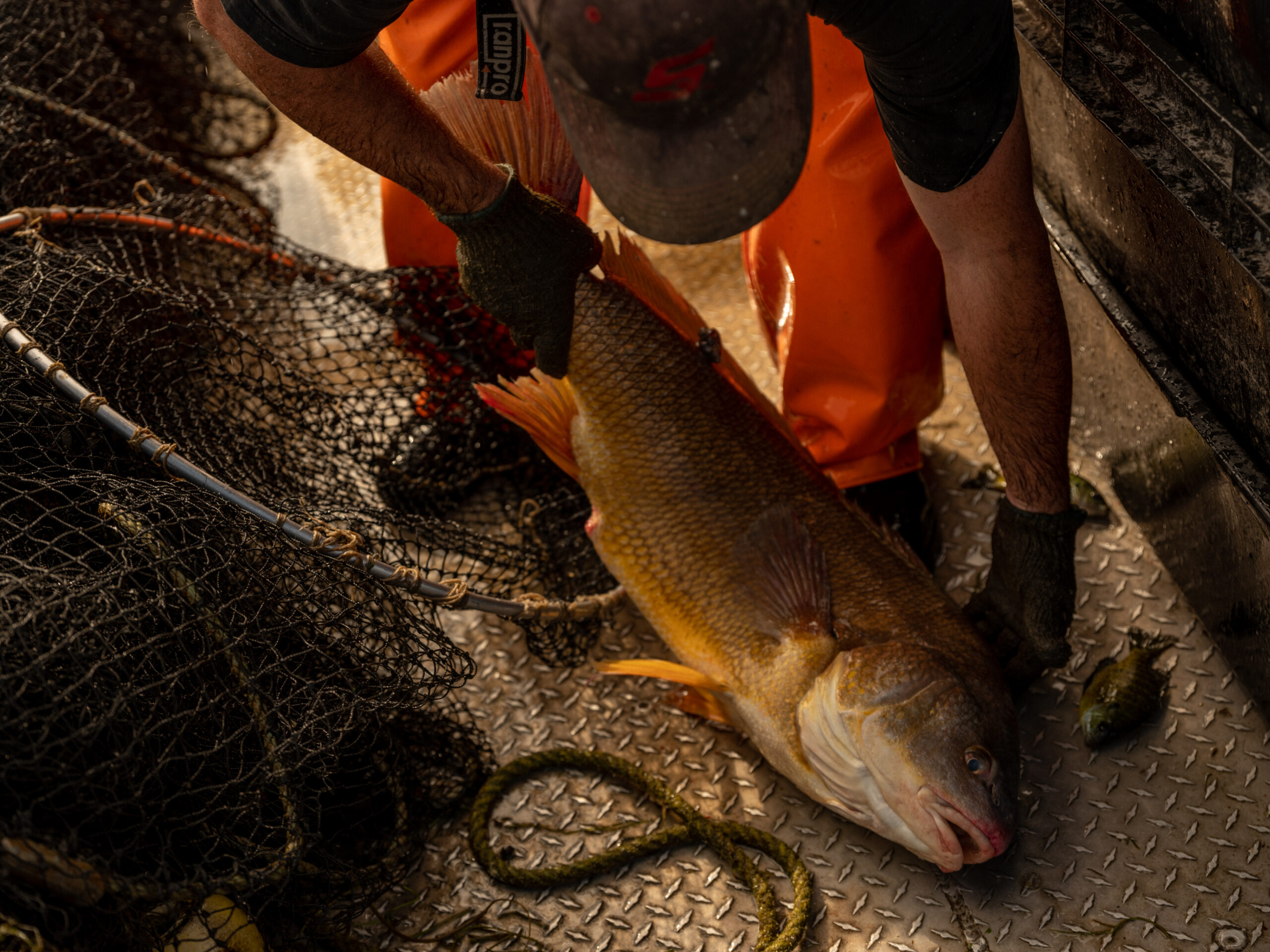
Recent changes to waterfront access in Prince Edward County have been a major barrier to the Dewey’s fishery, which relies on a public boat launch.
Restrictions around hours of access to the launch, as well as the number of people allowed in designated launching locations, have forced the Deweys to operate around the boat launch schedule instead of the best timing for the fishery.
In October, Kendall arrived at a public boat launch only to find the docks had been removed entirely, for maintenance — just one reflection of the disconnect between policy-makers and the needs of commercial fishermen.
